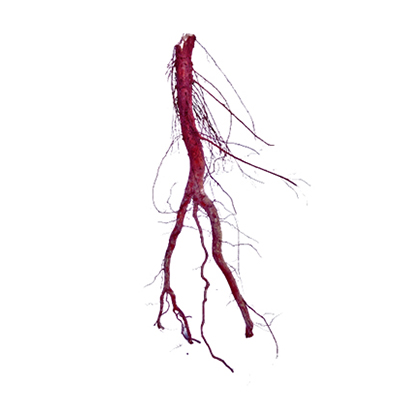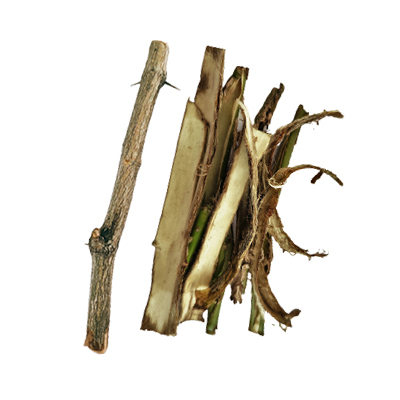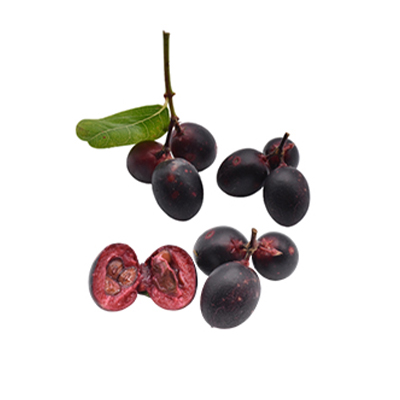Carandas Plum
Carissa carandas L.
Apocynaceae
Location in our garden
Principal
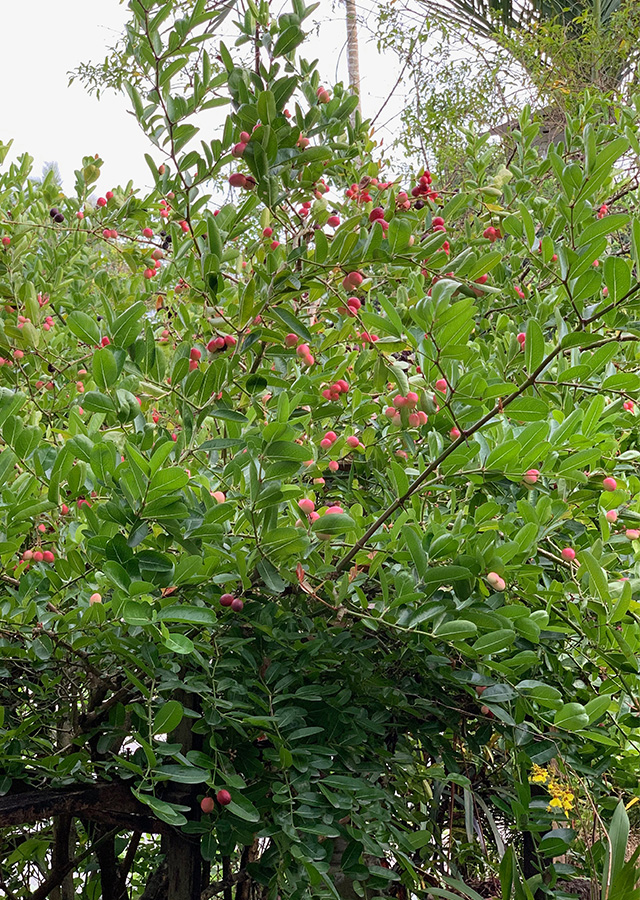
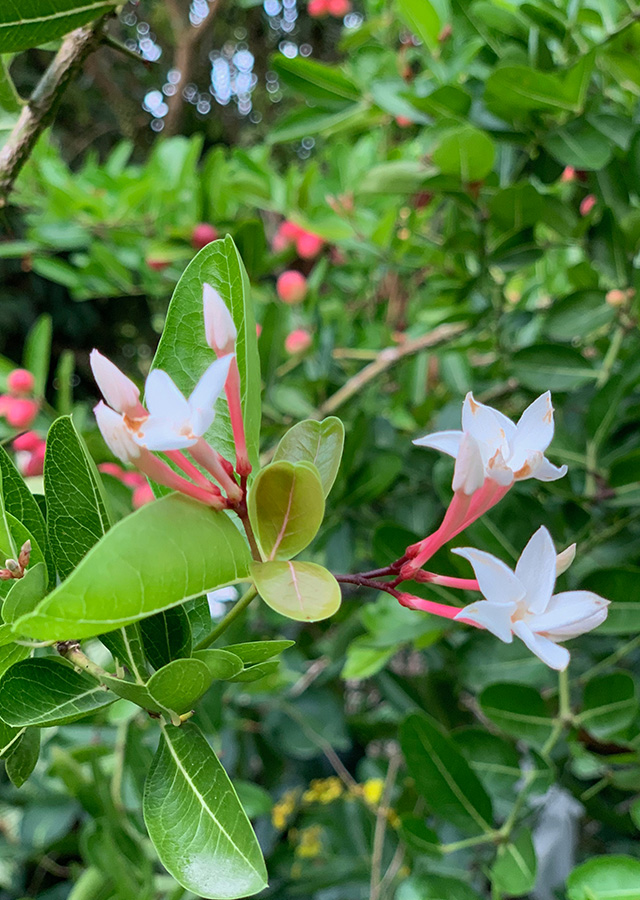
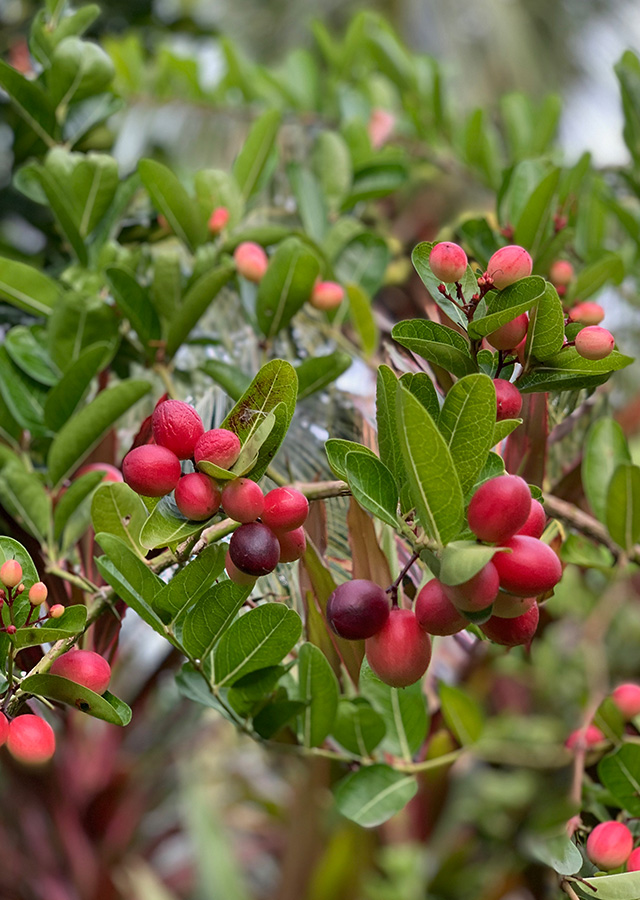
Synonym
Arduina carandas (L.) Baill.
Carissa salicina Lam.
Echites spinosus Burm.f.
Habitus
Shrubs. An evergreen deciduous small to big perennial shrub, usually growing up to 3-5 m tall
Part Used
Bark
Fruit
Roots
Growing Requirements
Full Sunshine
Need Shade
Habitat
Terrestrial
Overview
It is believed to be originated near the Himalayas (Siwalik Hills, the Western Ghats, in Nepal, Afghanistan, India, Sri Lanka, Java). The plant has been used as a traditional medicinal plant over thousands of years in India (Maharashtra, Bihar, West Bengal, Chhattisgarh, Orissa, Gujarat). It is grown for the edible fruits also used as ornamental plant as hedge plant and possible in the right care to grow as bonsai.
Vernacular Names
Karanda (Tagalog), Cay siro (Vietnamese), Hkan ping (Myanmar), Nam phrom (Thai), Berenda (Malaysia), Cu huang guo (Chinese), Karanda (Hindi).
Agroecology
A subtropical to tropical-area herb. It grows best in areas where annual daytime temperatures are within the range 23-30 °C. It can be destroyed by temperatures of -2 °C or lower. Average annual rainfall in the range of 1,000 - 1,400 mm is preferred. In full sun and in dappled shadow, it succeeds. A mild acidic soil is favored.
Morphology
- Stems - rich in white latex and sharp spines on the branches; smooth green, dense, soft and red on the inside.
- Leaves - oblong and conical, 10-15 cm long and 5-7 cm wide, green on the top and brown below.
- Flowers - white or yellowish are found in groups, measuring 3-5 cm in diameter.
- Fruits - a berry that is produced in 3-10 fruit clusters, globose to large ovoid, young fruits are pinkish white and when ripe become red to dark purple.
- Seeds - It has 3 to 4 seeds per fruit.
Cultivation
- Generative propagation by seeds takes about 3 years for plants to come into being.
- Vegetative propagation through cuttings, 1-3 years to bear.
Chemical Constituents
Alkaloids, phenolics, flavonoids, saponins, tannins, 2-acetyl phenol, lignan, carinol, sesquiterpenes (carissone, carindone), lupeol, β-sitosterol, 16β-hydroxybetulinic acid, α-amyrin, glycoside, des-nmethylnoracronycine, triterpenoids,carisol, linalool, β-caryophyllene, carissic acid, ursolic acid, ascorbic acid.
Traditional Medicinal Uses
Medicinal Uses
- Ethanol and aqueous extracts of C caranda roots have analgesic, anti-inflammatory and antipyretic activity.
- Antioxidant and antimicrobial activity and the cytotoxic ability of C-carandas leaf extracts.
- It is possible to relax the C caranda ethanol extract that diffuses smooth muscles to the vasculature and triggers patients with cardiovascular disease.
- Ethanolic root extract reduces the activity of serum marker enzymes, the peroxidation of bilirubin and lipids, and greatly raises uric acid, glutathione, superoxide dismutase, catalase, and protein levels.
Traditional Uses
- Leaf decoctions are given in the remittance fever pledge.
- The plant was used as an antiscorbutic, anthelmintic, in the treatment of scabies, intestinal worms, pruritus, biliousness and even used.
Part Used
Reference Sources
- Grow Plants.(No date). Karonda plant. https://www.growplants.org/growing/karonda. 02-11-2020.
- Stuartxchange. (2019). Philippine Medicinal Plants. Karanda. http://www.stuartxchange.org/Caranda. 03-08-2020.
- Fern, Ken. (2019). Useful Tropical Plants. Carissa carandas. http://tropical.theferns.info/viewtropical.php?id=Carissa+carandas. 03-08-2020.
- Virmani,R., Virmani,T., & Singh, C., et all. (2017). Hidden Potential of Natural Herb Carissa Carandas (Karonda). Research in Pharmacy and Health Sciences Vol 3(2): 294-302. https://www.researchgate.net/publication/315811584_Hidden_Potential_of_Natural_Herb_Carissa_Carandas_Karonda. 03-08-2020.
